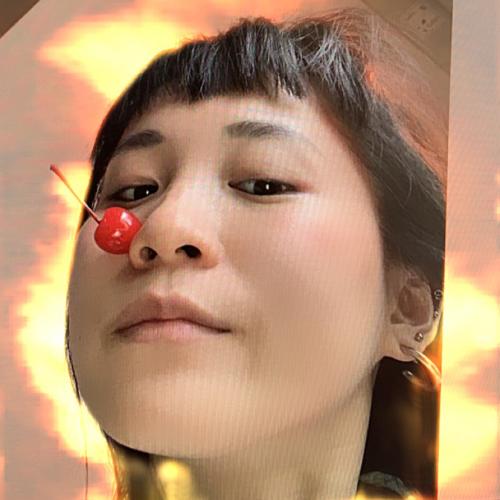For a long time, Wu Mei-chi's works have been usually inspired by objects that she adores. This time, inheriting her past creative context, she collected objects that the subjects – the migrant workers – believed to be necessary or could bring spiritual support. Then, the subjects' projections and imaginations are post-inserted. These objects included behaviors and emotional commitment, such as a 10-minute of chat with their children, a lover-style tour guide to experience the Taiwanese flavor in different restaurants, hairdressing, shopping, gel manicure, or just watching Disney+ at home. Through the migrant workers’ emotional expressions, Wu pondered the body sensations in the foreign place and environment. Then, a shop window display was conducted with Open Studio – “My Room with Others". The abstract emotions of the migrant workers and friends were derived from physical objects. At the same time, her own abstract stationing experience was also exposed to the public as a physical object.

WU Mei-chi
Wu Mei-chi, artist, is a master of setting up impossible light and shadow scenes with bare hands. From 2016 until now, the series of “XXY”, “XYX” and “YXX” present her body exhibitions reflected repeatedly from ordinary shining objects and mirrors. Through experiments in which the spatial dimensions are sliced, the possible combinations of static objects become infinite. “PICNIC", a work released in 2021, is a collage of the past experiences of images with objects based on her self-emotional experiences; amidst, the answer was found from the power struggle with the partner and self-recognition. This series was completed in collaboration with pong ding, and a photography collection with the same name “PICNIC” was also released at the same time together with a short fairy-tale-like novel "Seasons". The 2022 new series "Pandor's Box" and "Baby's Baby II" re-explore the meaning of images based on her understanding. She sojourns in the boundary of reality and virtuality of the images within the real world, reversing repeatedly the relationship between objects and subjects. Indeed, the purpose is to transform images into different media and shapes.